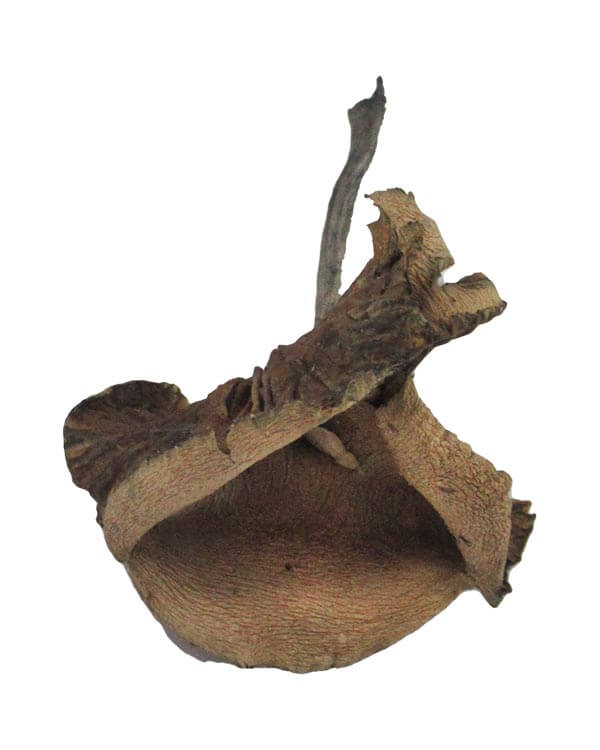
Magic Mushrooms For Sale Boston. Wavy Caps also known as Psilocybe cyanescens is a species of potent psychedelic mushroom. The main compounds responsible for its psychedelic effects are psilocybin and psilocin. It belongs to the family Hymenogastraceae.
Psilocybe cyanescens are generally bruise blueish or blue-green where damaged, and the staining remains visible after drying. This staining is most noticeable on the stem (which is white when undisturbed) but can also occur on other parts of the mushroom, including the gills, cap, and mycelium.
As conversations around magic mushrooms become more common and increasingly positive, there has been a growing interest in the number and variety of Psilocybe species. Of these, a few have always been iconic. Psilocybe cubensis aka “Gold Top,” Psilocybe semilanceata known as the “Liberty Cap,” and Psilocybe cyanescens the “Wavy cap,” so-called because of its distinguishing feature: a sinusoidal wavy top.
An Introduction to Wavy Caps | Magic Mushrooms For Sale Boston
Psilocybe cyanescens is more also known as “Wavy cap” for the very good reason that the caps feature an undulating wave. Of the wood-inhabiting group of Psilocybe. P. cyanescens is perhaps the most popular and most foraged. This species is well known for its potency, yet its growth patterns also makes it quite remarkable. wavy caps thrive in mulched wood chip beds. Photos from various websites show huge flushes in wood chip beds from the UK and Northern America, often hundreds within a single patch.
Wavy caps are not as famous as “Gold Tops” or “Liberty caps.” However, interest in “Wavy Caps” has increased over the past decade. They are a common species in the US, preferring the Oceanic climate of the Pacific Northwest and occurring along the West Coast, from Vancouver down to California. They are also very common in the UK and Europe.
What Do Psilocybe Cyanescens Look Like?
Psilocybe cyanescens is well-known for its distinctive caramel brown wavy cap and white stem. These notable characteristics are essential to remember—mushrooms in the genus Psilocybe spp. share many features, especially those that fall within the group that includes P. cyanescens. So, it can be difficult to tell certain species apart without taking a closer look. The wavy cap is often used to distinguish P. cyanescens from the closely related species P. azurescens “flying saucers” and P. allenii. This feature sometimes confuses enthusiasts in Australia, as P. subaeruginosa often has a wavy cap. There are no reports of P. cyanescens on the continent to date.
How Potent are Wavy Caps?
The considerable potency of P. cyanescens makes it a highly sought-after species, especially with underground cultivators. The mushrooms are not only popular with those looking for more substantial experiences. Also it is common for those who wish to use them for microdosing as well. Yet, with the wavy cap, it’s possible that not all is what it seems.
Read: Liberty Caps are Among the Most Potent Magic Mushrooms | Magic Mushrooms For Sale Boston
The chemistry of P. cyanescens was first reported in 1962 by Tyler and Stuntz. Despite the fungi’s heavy-handed reputation, its potency can be quite variable. Current thought suggests that different growing substrates may contribute to variations in alkaloid concentrations in the fungi. Beug and Bigwood, for example, found the psilocybin and psilocin content of dried P. cyanescens from the Pacific Northwest to be between 0-1.68 percent psilocybin, and 0.06-0.96 percent psilocin. They published their analysis in 1982.
Stijve and Kuyper, in a 1985 analysis of P. cyanescens from Europe, found 0.1-0.8 percent psilocybin, 0.04-0.47 percent psilocin, and 0.01-0.03 percent baeocystin. In 2003, Stríbrný and others published a paper reporting specimens of P. cyanescens from the Czech Republic contained 0.13-1.84 percent psilocybin and 0.28-1.81 percent psilocin.
Wavy Cap identification & Wavy Caps Look-alikes
Care should be taken when foraging for P. cyanescens as there are many species that look similar which should be treated with caution. The most likely to cause concern are species from the genus Galerina, which can be deadly by virtue of the fact they contain amatoxins—poisons unique to fungi.
After ingesting amatoxins, some people may feel ill within a couple of hours, then recover after a few hours, while others may experience no symptoms at all. During this time, the amatoxins begin causing damage to the liver and kidneys. Without treatment, approximately two days after the poisoning, individuals start to feel weak, then very ill, and soon after that, experience organ failure.
Galerina spp. resemble young specimens of P cyanescens with their caramel-brown cap, but have a brown stem with an annulus. The rust-brown spore print is helpful in identifying species from this genera. They are poisonous and potentially deadly as they contain amatoxins, the same toxins found in Death Caps, properly known as Amanita phalloides.
How To Identify This Mushroom: | Magic Mushrooms For Sale Boston
To identify psilocybe mushrooms, there are two essential questions to ask:
- Does it bruise blue?
- What color are the spores?
All Psilocybe bruise blue. Bruising may take little time to appear in some species; some species barely bruise, but species like the Wavy Cap bruise readily. Psilocybe spores should be purple-black. Making a spore print can help identify your species. Additionally, it’s important to look for other features, like a separable pellicle and fibrous stems—post photos to Shroomery for identification help or local Facebook Psilocybe groups.
Another important adage? If in doubt, throw it out. As well as getting to know the species you are looking for, get to know the potential look-alikes. If you think you have been poisoned, phone your local emergency hotline. You can access information about poisoning by calling your local poisons hotline.
How to Grow cyanescens Outdoors | Magic Mushrooms For Sale Boston
Psilocybe cyanescens grow on various hardwoods such as Alder chips (Alnus rubra) or other woody mulches. They will readily grow in urban garden beds mulched with a variety of wood chips. Spore prints and spore syringes are readily available through underground communities on forums like Shroomery and online distributors. Cultivators can also use simple methods of tissue culturing onto cardboard or burlap. Keep in mind the cultivation of P. cyanescens is illgal in many countries and considered “manufacture.”
Wavy caps grow readily within mulched garden beds; they like shady areas with good moisture. They are known to grow near rhododendrons, rose bushes, and azaleas. This is not uncommon with the wood-loving psilocybes, with P. azurescens, and P. subaeruginosa, also known to do well in urban environments. The methods the Aussies use to make subaeruginosa wood chip beds will work perfectly for wavy caps!
what kind of mushroom is Wavy Caps?
-
 DRIED AMANITA MUSCARIAPrice range: $210.00 through $1,250.00
DRIED AMANITA MUSCARIAPrice range: $210.00 through $1,250.00 -
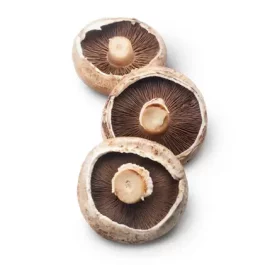 Portobello Mushroom (Agaricus bisporus)Price range: $210.00 through $1,250.00
Portobello Mushroom (Agaricus bisporus)Price range: $210.00 through $1,250.00 -
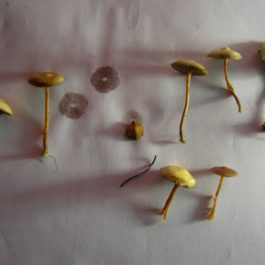 Psilocybe StuntziiPrice range: $210.00 through $1,250.00
Psilocybe StuntziiPrice range: $210.00 through $1,250.00 -
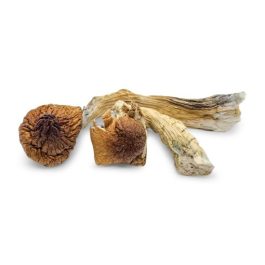 Tidal Wave Magic MushroomsPrice range: $210.00 through $1,250.00
Tidal Wave Magic MushroomsPrice range: $210.00 through $1,250.00 -
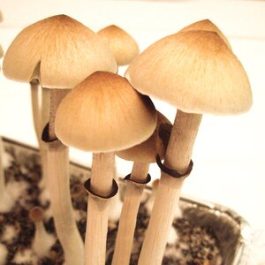 hawaiian magic mushroomsPrice range: $210.00 through $1,250.00
hawaiian magic mushroomsPrice range: $210.00 through $1,250.00 -
 Golden Teacher ShroomsPrice range: $210.00 through $1,250.00
Golden Teacher ShroomsPrice range: $210.00 through $1,250.00 -
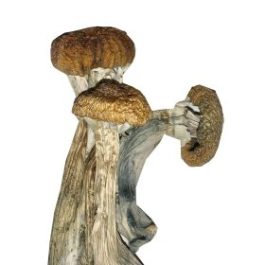 Ecuador MushroomsPrice range: $210.00 through $1,250.00
Ecuador MushroomsPrice range: $210.00 through $1,250.00 -
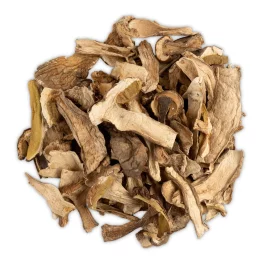 Porcini MushroomsPrice range: $210.00 through $1,250.00
Porcini MushroomsPrice range: $210.00 through $1,250.00 -
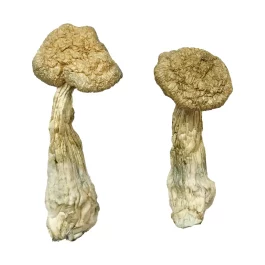 Burma Magic MushroomsPrice range: $210.00 through $1,250.00
Burma Magic MushroomsPrice range: $210.00 through $1,250.00
This mushroom originates from Antibirth and Black Mushroom is another name for it. Wavy Cap, also known as Psilocybe cyanescens, is a species of potent psychedelic mushrooms..
